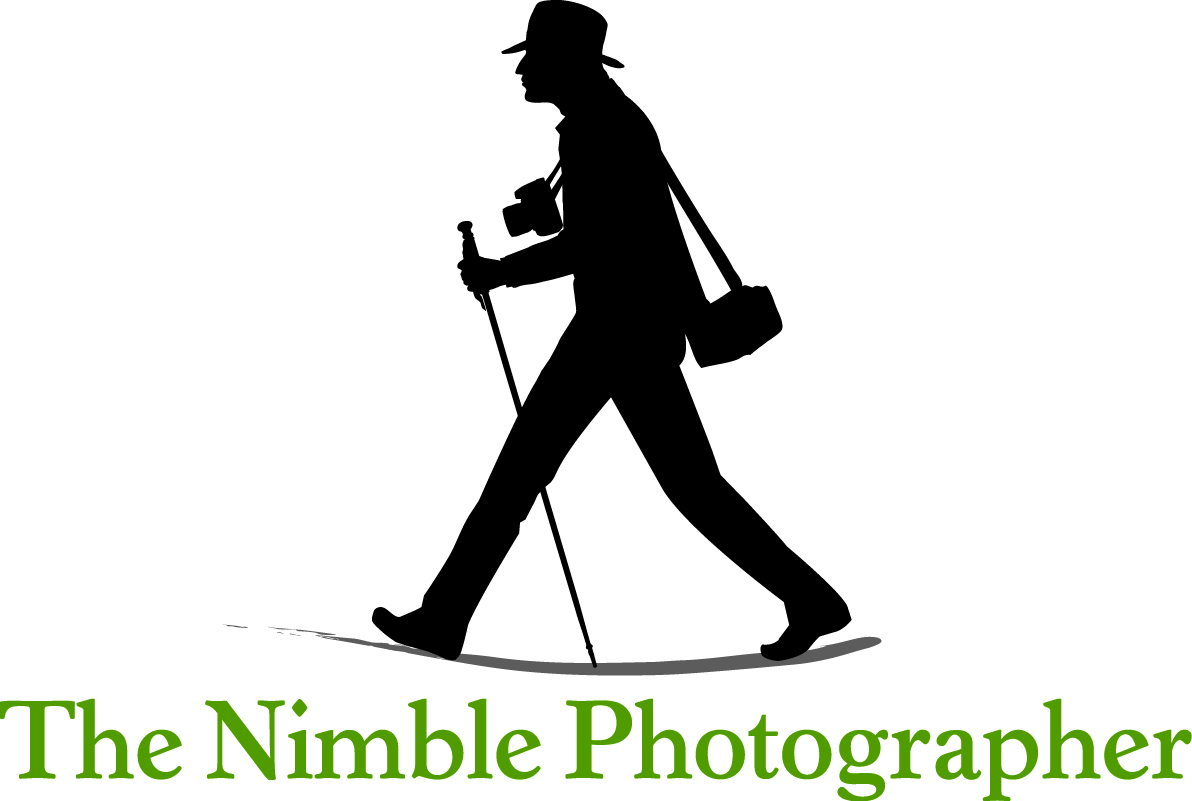Camera WiFi is a technology that's going to stick.
It will join the honorary list of great ideas that include programmed exposure, dedicated flash, and image stabilization.
We needed a breakthrough. We were in a new feature slump. Built-in GPS is too hard to use. And face detection is too weird.
Meanwhile, smartphones were selling like beers at a ball game.
But camera WiFi... The magic of this technology is that it works with your mobile device. That's the key to its success. Thanks to camera WiFi, I can pull my iPhone out of my pocket and control my camera, download pictures, and even geo-tag images that are already on my camera.
And because the current generation of mobile apps are so well designed, it's easy to use.
Yes, smartphones will continue to intoxicate a certain part of the photography sector. But thanks to camera WiFi, enthusiasts and professionals will use their mobile devices with their cameras, and not instead.
-Derrick
